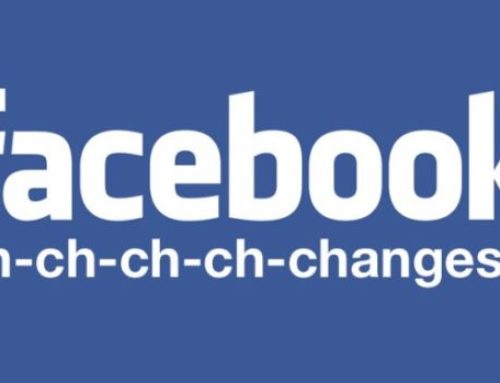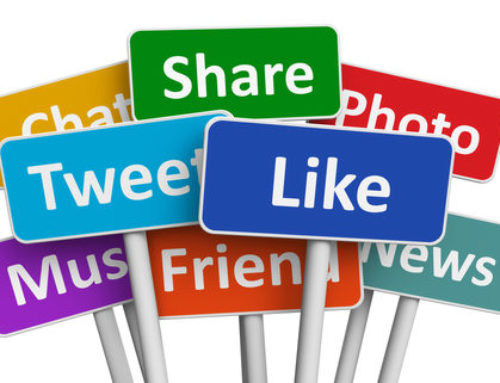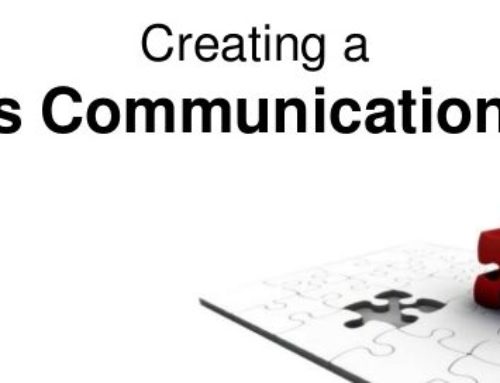If you are seeking your daily dose of political news, chances are you obtain it from television or online media sources before you read your daily newspaper or listen to your favorite radio station, according to an updated Pew survey.
“The transformation of the nation’s news landscape has already taken a heavy toll on print news sources, particularly print newspapers,” says the Pew study. “But there are now signs that television news – which so far has held onto its audience through the rise of the Internet – also is increasingly vulnerable, as it may be losing its hold on the next generation of news consumers.”
Around the time Bill Clinton was running for his first term as president in 1991, 68 percent of Americans got their political news from TV, while 56 percent read daily newspapers and 54 percent tuned into a local radio station. Back then the Internet was restricted to researchers, academics and of course, (the unofficial inventor of the internet) Al Gore.
But now things are different.
A Pew study has found that in 2012, television still leads with way with 55 percent of the people tuning in for political news. However, online and mobile news has leapfrogged into second place with 39 percent using computers or mobile devices for political news. Daily and weekly print newspapers have dropped to 33 percent and only 29 percent of Americans get their political knowledge by listening to the radio.
Still, 60 percent of those 65 and older rely on “traditional” media sources such as television and daily newspapers for their information.





